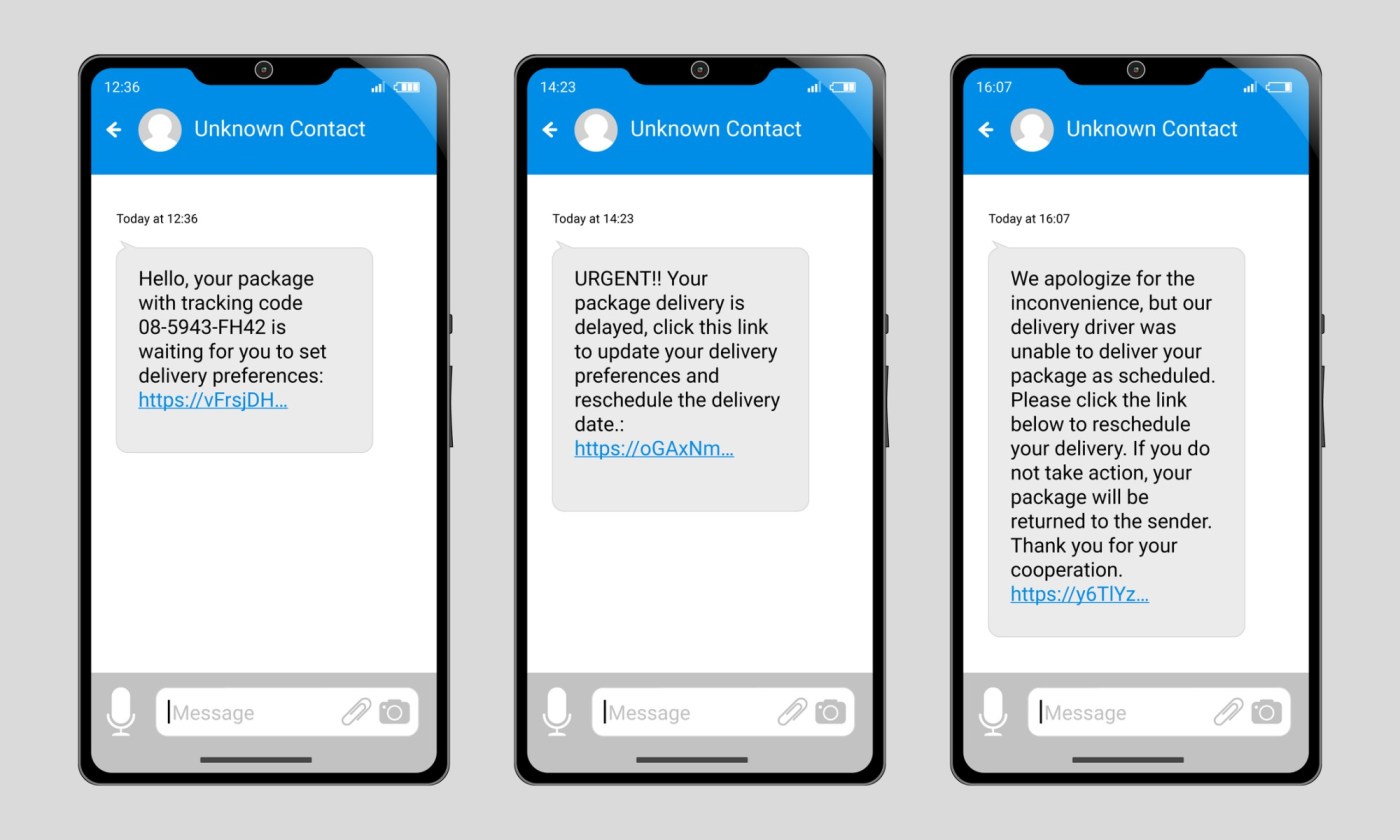In an increasingly interconnected world, the integrity and security of personal financial data have transitioned from a mere convenience to an absolute imperative. As digital interactions become more pervasive across all facets of life, individuals find themselves constantly navigating a complex landscape fraught with sophisticated data breaches, insidious online scams, and ever-evolving cyber threats. Safeguarding sensitive financial information is no longer just a recommendation but a fundamental requirement for protecting one’s economic well-being and personal privacy in this digitized era.
One of the most foundational pillars of robust data protection lies in cultivating superior password management practices and embracing multi-factor authentication (MFA). Employing strong, unique passwords for every online account, ideally generated and managed by a reputable password manager, significantly reduces vulnerability. Furthermore, activating MFA wherever available adds a critical second layer of defense, requiring a secondary verification method—such as a code from a mobile app or a biometric scan—beyond just the password, making it exponentially harder for unauthorized users to gain access to your accounts, thus bolstering your overall cybersecurity posture.
Beyond proactive account security, vigilant monitoring of all financial accounts stands as a crucial defense against potential breaches and online scams. Regularly reviewing bank statements, credit card transactions, and credit reports for any unfamiliar or suspicious activity is paramount. Early detection of unauthorized charges or inquiries can prevent significant financial loss and mitigate the impact of identity theft. Many financial institutions offer alert services for unusual activity, which users should actively enable to receive immediate notifications regarding their accounts, ensuring continuous financial security.
Another prevalent threat in the digital realm comes in the form of phishing attempts and other social engineering tactics. Cybercriminals often masquerade as legitimate entities—banks, government agencies, or well-known companies—to trick individuals into divulging sensitive information. Users must exercise extreme caution with unsolicited emails, text messages, or phone calls. Always verify the sender’s authenticity, avoid clicking on suspicious links, and never provide personal financial data unless you have independently verified the request through official channels. Understanding these common online scams is vital for digital safety.
Finally, maintaining excellent digital hygiene, including prompt software updates, is indispensable for comprehensive data protection. Operating systems, web browsers, and all financial applications should be kept up-to-date, as these updates often contain critical security patches that address newly discovered vulnerabilities. Furthermore, utilizing reputable antivirus and anti-malware software provides an essential layer of defense against malicious programs designed to steal data. Exercising caution when using public Wi-Fi networks and understanding the risks associated with unsecured connections also contributes significantly to overall financial security.
In conclusion, while the digital landscape presents undeniable conveniences, it also harbors persistent threats to our financial security. A truly effective defense against cybercriminals demands a multifaceted approach that integrates technological safeguards with informed user behavior. By consistently implementing strong passwords and multi-factor authentication, vigilantly monitoring financial accounts, discerning sophisticated online scams, and maintaining rigorous digital hygiene, individuals can significantly mitigate risks and navigate the online world with greater confidence, ensuring their sensitive financial data remains protected.
Discover more from The Time News
Subscribe to get the latest posts sent to your email.






